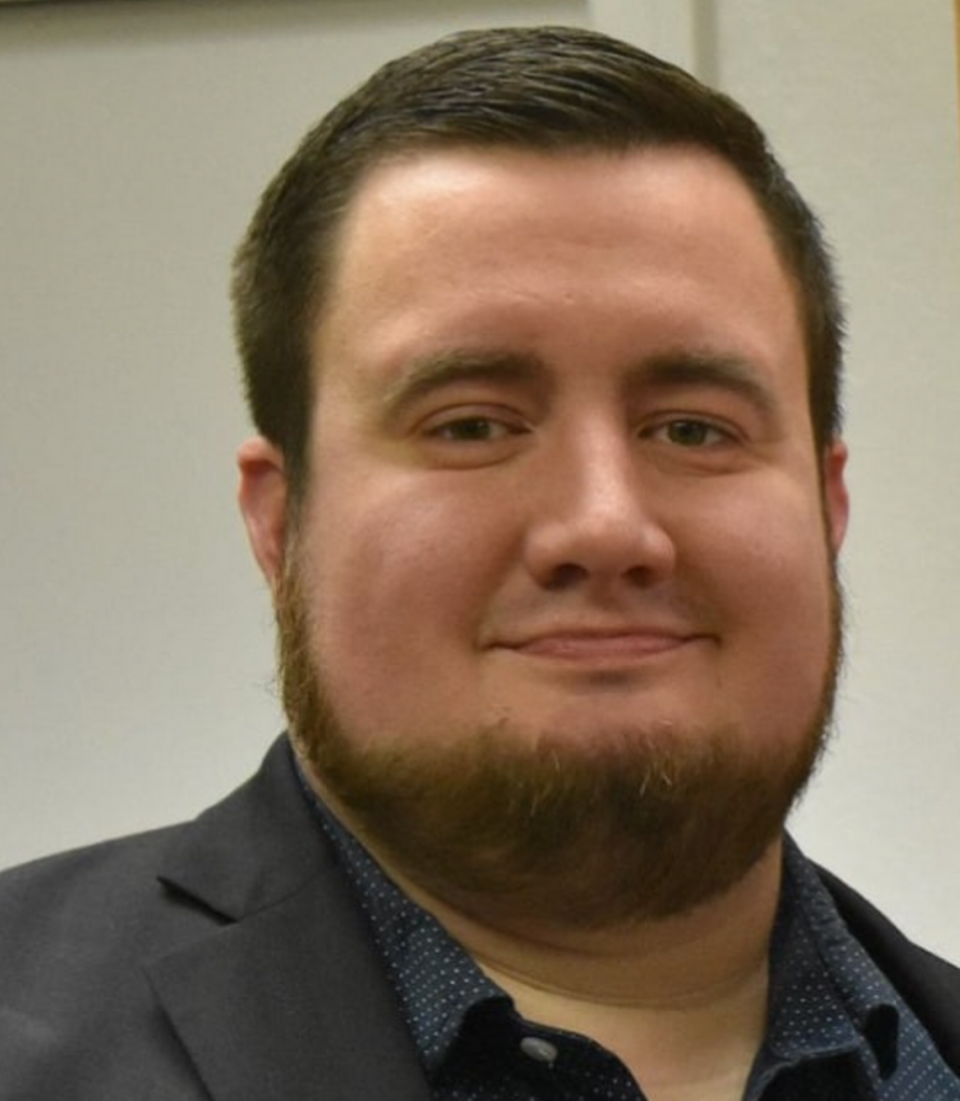3 twists in the season that are helping the Cardinals contend in the NL Central
A year ago, as the season reached the All-Star break, it was entirely appropriate to begin writing preemptive postmortems for the 2023 St. Louis Cardinals.
Despite warning signs in April and early May that this season might be trending in the same direction, the Cardinals have snapped out of a year-long funk and hit the break this season firmly in the mix for a playoff spot, if not also the National League Central division crown.
A trade deadline is more entertaining for a team looking to add than forced to subtract. Baseball in August and September that’s meaningful for the standings and not simply playing out the string makes for a healthier and more engaged fan base.
The Cardinals lost 8-0 to the Oakland Athletics at home on a Wednesday night last August. In that game, then-35-year-old journeyman pitcher Casey Lawrence was asked to choke down 4 ⅔ innings. No one had much fun.
How, then, did this team avoid that trap? Enough things have gone wrong to allow for another significant stumble, but by sidestepping their worst impacts, 2024 is on track to avoid becoming another entirely lost summer.
1. Nolan Arenado and Paul Goldschmidt fall off the map, but run suppression steps up.
Both Arenado and Goldschmidt were below league average offensive players in the first half of the season, despite Arenado turning it on to a degree in the weeks approaching the break. The Cardinals are not built to replace those players offensively, and who can blame them? Just two years ago, Goldschmidt was the league MVP and Arenado finished third. Now, whether it’s age, injury or a combination thereof, the foundational middle order hitters have started to crumble.
The team’s poor numbers against left-handed pitching reveal the underlying issue with their two biggest right-handed bats, despite strong buffer work done in the middle of the order by Willson Contreras. Contreras, though, missed seven weeks with a broken arm, and it’s in those seven weeks that the team really took off.
One good way to make up for not scoring enough runs is simply to allow fewer.
The three offseason rotation additions – Kyle Gibson, Sonny Gray and Lance Lynn – have been as advertised, joining with Miles Mikolas to offer stability and predictability. Ryan Fernandez and Andrew Kittredge have been strong additions to the bullpen. Outstanding defense up the middle has been spearheaded by Masyn Winn at short and Michael Siani in center.
The Cardinals play more close games than any other team in baseball and are faced with a stretch in the second half where their crucial bullpen arms, especially including closer Ryan Helsley and set up reliever JoJo Romero, will be asked to shoulder significant innings loads. At the break, though, the best way they’ve found to make up for their most important players not hitting is by preventing other teams’ most important players from doing the same.
2. Jordan Walker languishes at Memphis, but Alec Burleson establishes himself as a threat.
Walker’s Tennessee u-turn last summer was meant to be the last time he saw the minors. His work over the winter in the outfield left him a stout, capable defender, and after a .787 OPS and 114 OPS+ as a rookie, he was set up for a sophomore season which would establish him as a premiere offensive player.
Instead, he has less than ten hits in the majors this season and less than ten homers in the minors. His absence, too, contributes to the team struggles against lefties, but his production has been recreated in the aggregate by a teammate finding better luck.
Alec Burleson’s line drive rate has climbed steadily since his 2022 debut, and his power and run production numbers have followed behind. Burleson’s permanent residence in the second spot in the order, behind Winn at leadoff, has created a dynamic offensive presence for the Cardinals that typically at least offers a chance for the lagging middle of the order.
Burleson now looks firmly like a player with a future in St. Louis, perhaps as the heir apparent at first base should Goldschmidt depart this winter as a free agent. Perhaps they would be slightly better balanced if he hit right handed, but all told, his season has been one that’s saved them.
3. Steven Matz goes down injured yet again, but Andre Pallante plugs the gap.
The offseason strategy of adding sure innings was bound to only be effective if those already in the organization performed up to standard. Mikolas has been almost exactly as expected, and Matz largely has as well, which is to say he’s scarcely pitched.
Risk of injury exists in all pitchers, and the Cardinals knew of Matz’s history when they signed him coming off a stretch of relatively stable years. In the first three years of his four-year deal, though, he has turned in just 33 starts, essentially one year of on-field work for an ideal starting pitcher. As he soldiers on through rehab of a back strain, the Cardinals have sought to patch his rotation spot before seeking to add at the deadline.
Matthew Liberatore, put into unfair situations with strange scheduling and difficult prep, wasn’t able to hold down the spot. Since returning from Memphis, though, Pallante has provided precisely the desired stability, pitching to a 3.70 ERA in eight starts.
If the Cardinals do add at the deadline, it will be because they view a short-term patch as a higher upside solution for the stretch run than Pallante. It will not be because he hasn’t given them enough; indeed, his success in that role has allowed the team to feel comfortable that they do have a fifth starter in house after all.

 Yahoo Sports
Yahoo Sports 


